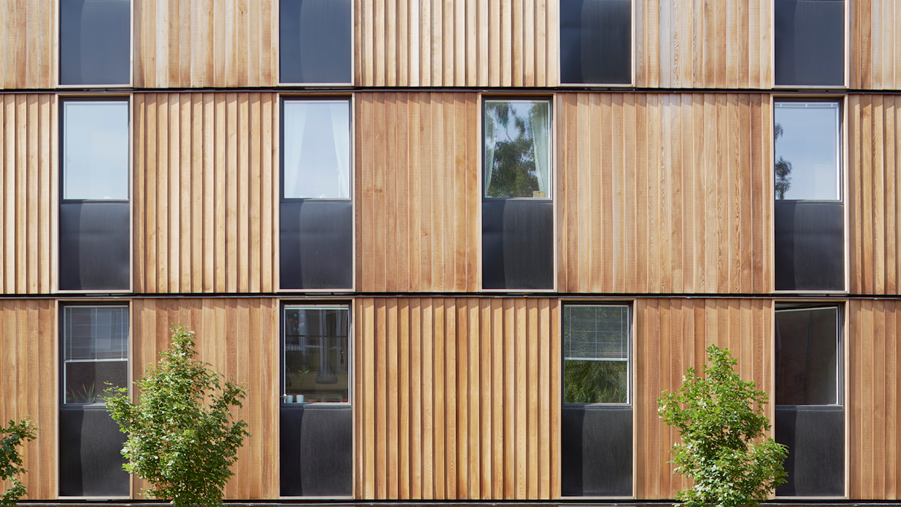
Some of the most significant challenges faced by society today are linked to the construction sector, such as housing and labour shortages, and climate change. Building more with wood is a key factor in addressing these challenges. Wood construction means sustainable construction: socially, economically and ecologically.
Sweden needs to increase its building construction rate to address the shortage in housing. This calls for more efficient construction processes to eliminate long lead times, quality shortfalls, rising costs and to compensate for labour shortage. At the same time, urgent action is needed to combat climate change. Most of all, we need to reduce greenhouse gas emissions. Sweden has pledged to reach net-zero greenhouse gas emissions by 2045. However, in 2012, the building construction sector in Sweden released as much carbon emissions as the entire road transport sector. Since then, building construction in Sweden has increased dramatically.
The fastest way to reduce fossil-based emissions and keep the bioeconomy growing is to build more wooden homes and buildings. Wood is the only renewable building material available. Modern wood housing production has a low energy output, which significantly reduces carbon emissions. Research shows that the construction of a multi-storey building in wood has half the impact of an equivalent building in concrete. Furthermore, the completed wooden building continues to store carbon dioxide throughout its lifetime.
Key areas of focus for sustainable construction:
- Research and development. The single most important factor in increasing the amount of building in wood is expertise in modern wood construction technology. This calls for major educational efforts targeting the house buyers, construction companies and builders of today and tomorrow. Further research efforts are needed in modern wood construction technology.
- Adopting a life cycle approach. In the construction sector today, most of the environmental impact is made in the construction stage and in the manufacturing of the construction material used to build our homes and buildings. Indeed, with today's one-sided focus on the maintenance or occupational stage, we are only seeing half the story. We need to adopt more of a life cycle approach to building.
- Public procurement. Public procurement is a key tool for achieving greater sustainability in the construction industry. Today, public authorities govern with a clear sustainability agenda, however their focus is still on the maintenance and occupational stage. Public authorities must start imposing environmental accountability in the procurement process.
- Develop policies promoting sustainability. Policies and measures that impose clear requirements for reducing environmental impact in the construction process are needed. Until now, eco-labelling has focused entirely on energy-performance and eco-friendly properties of the completed building.
Read more about wood construction at The Swedish Wood Building Council, a collaborative effort between Swedish Wood (part of the Swedish Forest Industries Federation) and the wood processing and furniture industry organisation TMF.
